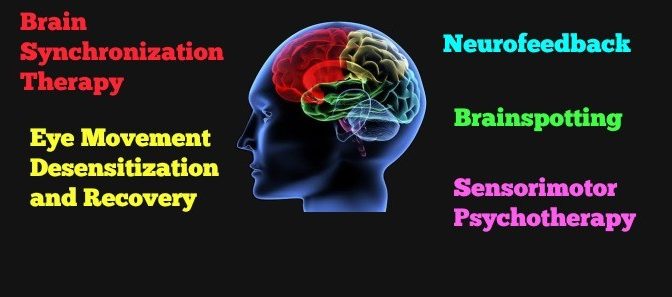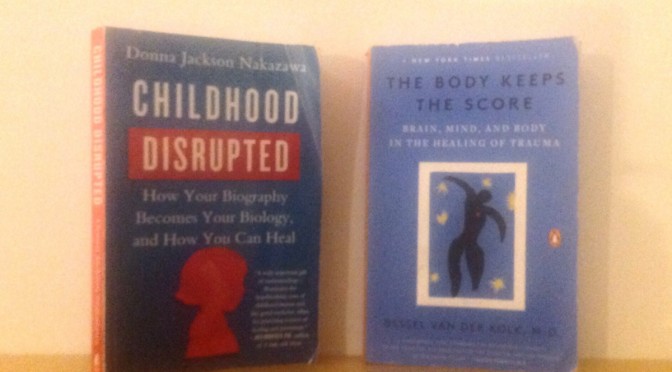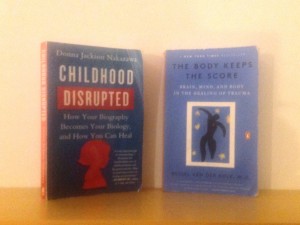Using Mind-Body Connection for Deep Healing
The average medical marijuana cardholder in California is a 32-year-old male who uses it for chronic pain. If so many young people have so much chronic pain, it’s tempting to think medical marijuana is for “anyone who can fake an ache,” according to Professor Jon Caulkins of Carnegie Mellon
Another part of the equation is that physical pain often develops as a result of stressful events lodged in the body. It’s also possible that many ‘patients,’ including those who are veterans, actually suffer from deep emotional pain and trauma. (Read Part 1 for the Mind-Body Connection to trauma and pain.)
Two young women who wrote to Parents Opposed to Pot explained their need for medical marijuana to deal with traumatic childhoods. One said it was because her mother had committed suicide, while the other said she had experienced traumatizing sexual abuse.
Using marijuana in order to numb painful feelings, or for getting high, will only mask the underlying emotional pain. In all cases of psychological issues, including PTSD, marijuana works against true healing, no matter how much temporary relief it provides.
21st Century Strategies for Healing
Since pain or disease (dis ease) is imbalance, the body which created the disease can also be the body which heals the disease.
Dr. Libby Stuyt, a professional advisor to Parents Opposed to Pot uses Brain Synchronization Therapy to heal trauma in the body and
bad memories. The neuroplasticity of the brain means that even post-traumatic experiences can be weakened or discarded. At the same time, the brain can relearn forgotten neural pathways.
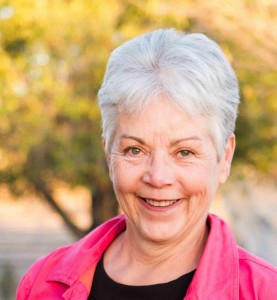
Besides Brain Synchronization Therapy, Dr. Stuyt recommends both EMDR (Eye Movement Desensitization and Recovery) and Biofeedback based on heart rate variability.
Neurofeedback is another therapy which can heal trauma, PTSD and ADHD without drugs. Even the Washington Post describes very positive outcomes from Neurofeedback for healing additional problems such as depression and severe pain.
Some therapists have found a newer technique, Brainspotting, to be even more effective than EMDR. The theory is that Brainspotting taps into the body’s innate self-scanning capacity to process and release focused areas that are maladaptive. Brainspotting can often reduce and eliminate body pain and tension associated with physical conditions.
Listen to Dr. Libby Stuyt’s video about why marijuana is not an effective treatment for PTSD.
Another technique, Sensorimotor Psychotherapy provides healing in which the victim need not remember or relive the painful experiences. This therapy changes the brain’s reactions to events to change how legacy of trauma affects the victim. Sensorimotor therapy treats the effects of events as they recur in response to reminders of the trauma.
Treating Root Causes Rather than Just the Symptoms
The good news is that there are ways to treat PTSD and chronic pain that don’t involve drugs, ways that treat the root causes rather than symptoms. “Medical” marijuana does not provide deep healing.
Medical marijuana is an addiction-for-profit industry which needs new users and promotes long-term use. Habitual users run the risk of becoming psychotic. Like continuous opiate users, they may also develop addiction.
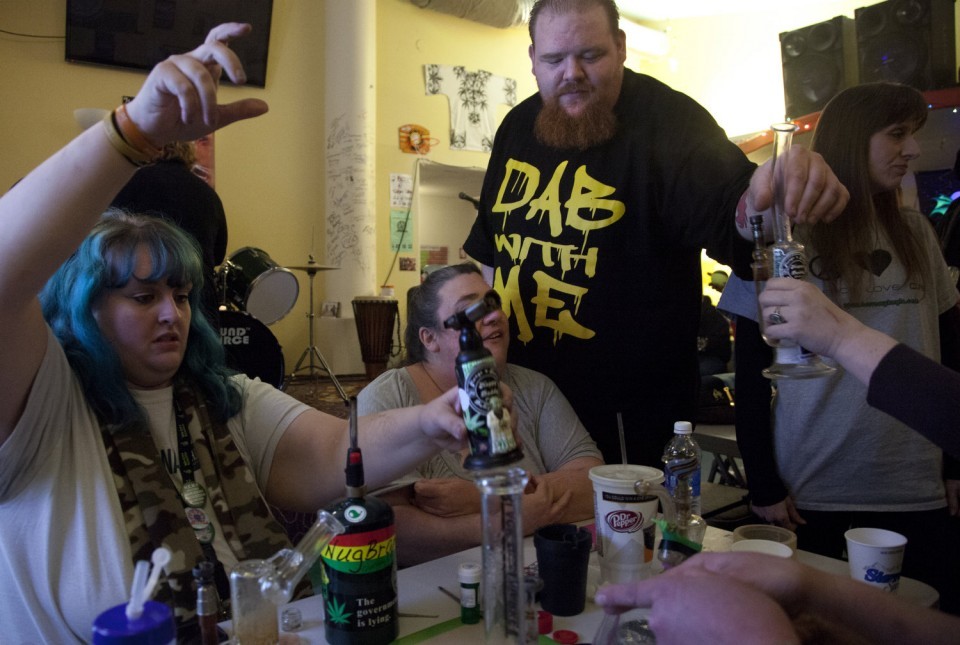
The recent report from National Academy of Science found marijuana can give moderate relief to three medical conditions, pain being one of the conditions. Although the human body has cannabinoid receptors, marijuana’s cannabinoids are foreign to our bodies. They’re not endo-cannabinoids, the body’s natural occurring chemicals, but exo-cannabinoids. With marijuana use over time, THC will replace the cannabinoids associated with joy and happiness.
Therefore, it’s hard to claim THC is truly “natural” for humans.
Mind-body healing solutions are the “natural” solutions, and they cannot be addictive. They offer help for chronic suffering in ways “medical” marijuana and pharmaceutical medicines cannot help.
Read Parts 3 and 4 to find out more about Adverse Childhood Experiences (ACEs) and drug policy.
*Quote is from Professor Jonathan Caulkins of Carnegie Mellon.

